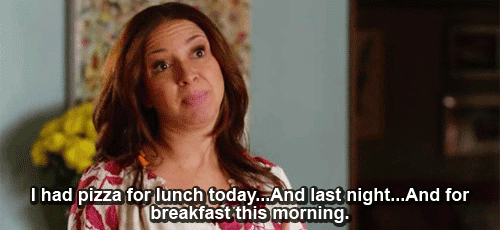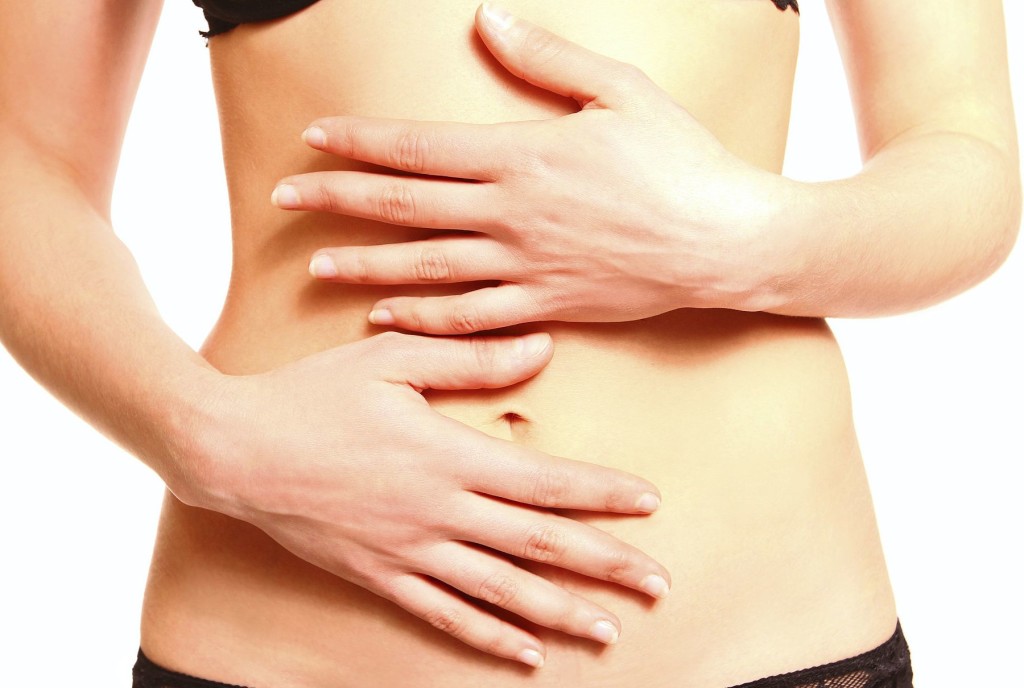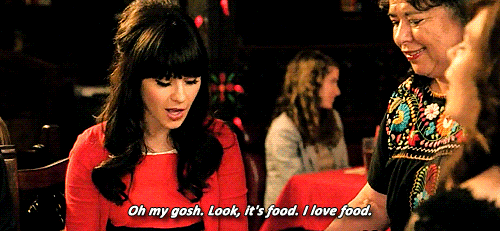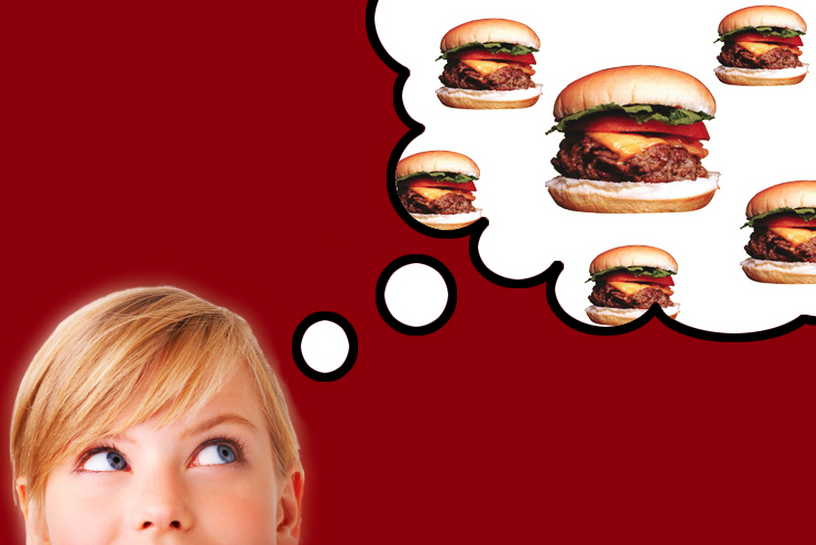Restaurants are starting to do something that might scare you. The FDA is putting more pressure (basically making a law) on establishments to post the calories of each item on the menu. How appetizing do those 2,000 calorie loaded nachos sound now?

GIF courtesy of sites.localhost
I know a salad is going to be a healthier choice than ordering granny’s homemade mac and cheese, so just let me order my noodles in peace and leave off the EXACT number of calories I’m putting into my body. There are some major cons to this new and fast growing concept (AKA scaring many people away from their beloved loaded nachos), but I grudgingly admit that there are also some benefits.
Pros
Conscious Eating

Gif courtesy of tumblr.com
Printing the calories on the menu gives us the opportunity to accurately keep track and limit our caloric intake to the average 1,800-2,000 calorie per day diet. A lot of people automatically think they’re being super healthy by ordering a salad, but you’d be shocked at how fast toppings can change that (those croutons & bacon though). Printing the calories can save you from tricking yourself into eating a not-so-healthy meal.
Healthy Alternatives

Photo courtesy of starbucks.com
This new FDA regulation has made restaurants angry, to say the least, but when you can’t beat ’em, join ’em. Many chains are creating lower calorie alternatives. This has definitely affected Starbucks – the Frappuccino used to contain half of your daily calorie count. Starbucks has since introduced lower calorie alternatives, resulting in a 6% reduction on their customers’ calorie intake.
Brain Food

Photo courtesy of besthealthypage.com
When you look good, you feel good. So when you eat well, you feel even better. What you put into your body obviously affects your physical well-being, but it can also impact your psychological mind set. Different foods influence your mood and contribute to both positive and negative feelings. By making healthy food choices at restaurants, you’re also improving your mental and psychological state.
Cons
Food Shame

Photo courtesy of mindbodynetwork.com
We don’t want to always feel terrible for what we eat. Everybody deserves a hearty meal, including you. This especially effects people who struggle with anorexia and restrictive eating. Publishing calories reinforces the mistaken belief that eating less is the healthy decision. Doing this actually slows down your metabolism, which is generally not a good thing.
Portions

Gif courtesy of tumblr.com
It might be better to measure portions, not calories. Just because something has a lot of calories doesn’t always mean it’s bad for your body. There is a distinction between beneficial and “empty” calories, and menus don’t include the difference.
“Strawberries, 55 calories. A piece of toast, 120 calories. 250 calories for that omelette I had earlier, how many do I have left?” Counting calories can take over your life, and nobody’s got time for that.
Effectiveness

Photo courtesy of postgradproblems.com
According to a study done by researchers from Carnegie Mellon, people will still choose the food they like regardless if they see that scary little (or big) number next to their desired food. In the study, customers were also provided with a recommendation for the appropriate number of calories for one meal. It turns out that there was no statistical change in what people ordered. Some people are going to get the Baconator with a whopping (not whopper) 930 calories regardless, basically just because bacon.
You shouldn’t completely ignore the number by the side of your Chicken Alfredo you’ve been craving all week, but don’t let it control your life. Balance is key, so you should weigh out the pros and cons of published calories for yourself.


